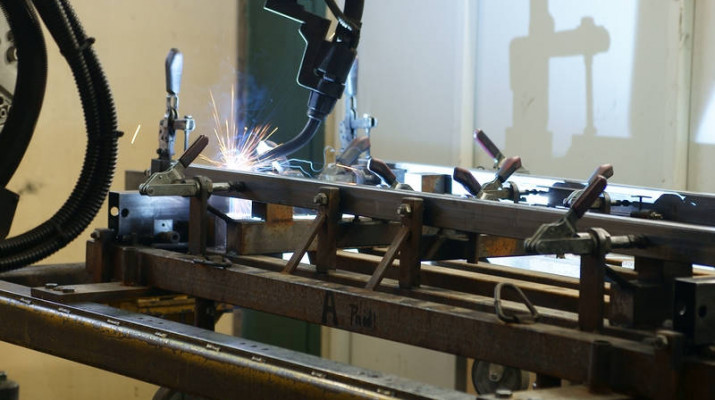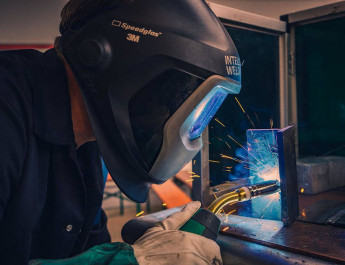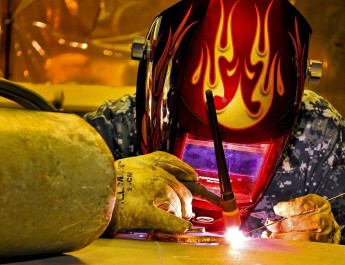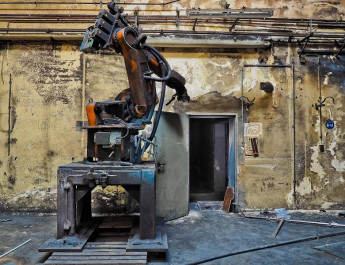The welding industry uses the latest robot technology the most and the fastest. Welding is an industry that is best able to use the benefits of such modern technology as robots. Robotic welding stations are an increasingly common sight in workplaces. Workplaces can afford to buy such equipment due to the affordable price and the latest technology that has gone beyond the automotive industry. Robotic workstations are associated only with large automotive factories, mainly car production. At present, small and medium-sized enterprises are rightly using the precision of robots in welding stations.
The use of a mechanized workstation forced customers to expect a quick and good quality product. Thanks to robotization of welding, the quality of work increases and labor costs decrease. Companies reach for robots also due to the lack of qualified welders in the profession. The liquidation of vocational schools contributed to this state of affairs. Reversing the situation, we do not have to train robots to work and teach how to use machines. In this way, companies save on training and health and safety courses. Compliance with work safety regulations is essential in this profession, robots do not apply. Robots work continuously, maintain a constant level of quality and increase work flexibility – they can be used for several activities at the same time. Robotic workstations also mean taking care of the environment. The work of robots is calculated to reduce waste to a minimum and reduces the area needed for production.
The purchase of a welding robot is associated with fewer employees in the workplace. The efficiency of the robot translates into a precise final result. Companies that have purchased robots for welding work decide to buy a welding robot again after 2 years. The choice of such a robot is a difficult decision, because the offer on the robotization market is growing. When choosing a welding robot, pay attention to:
- working range of the robot
- accuracy and repeatability of movements
- software
- power source
- number of programmable axes and degrees of freedom
- welding options
- safety devices.
Robotic welding stations will need specialists to program these robots. On the labor market, we can meet the following job positions: programmer, welding robot operator or automation engineer/PLC programmer. Programmers are needed, not welders. And the welding industry will rather move in this direction.




